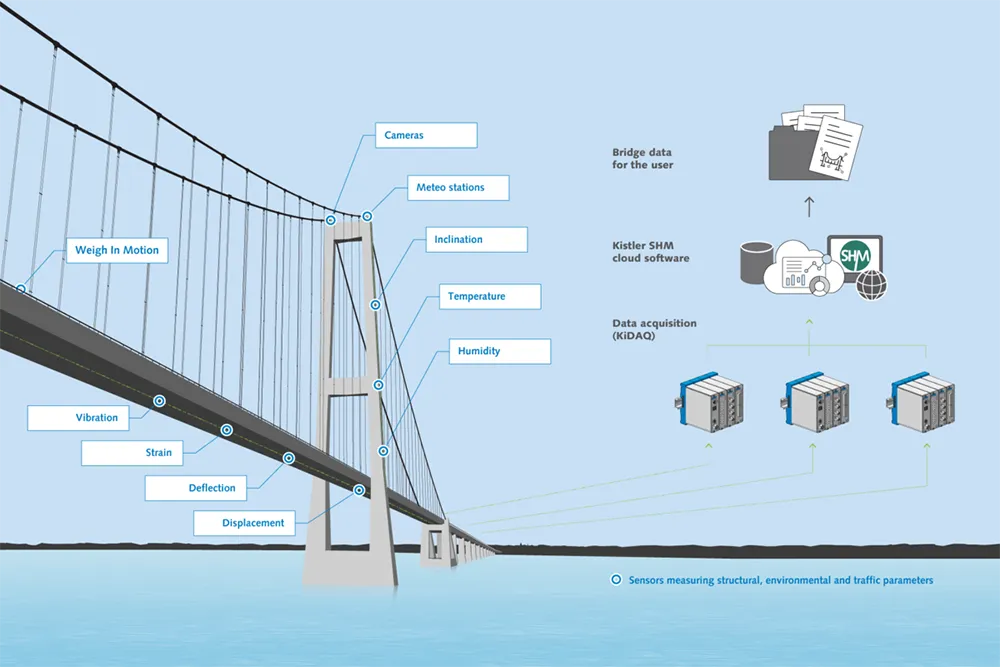As the demand for traffic data and improved driver behaviour increases,
The company has been developing and implementing sensor technology and analytics for optimising the throughput on surface roads, tunnels and bridges. The software allows for individual rule setting and the Navtech says its ClearWay AID solution has the lowest false alarm rate in comparison to any other technology available in the market today, typically one per kilometre per 24 hours and is suitable for use in all weather and climate conditions.
Some of the most recent projects completed using ClearWay includes several stretches on strategic roads in the UK and Sweden, Mastrafjord and Byfjord subsea tunnels in Norway, and Bolte Bridge in Melbourne, Australia.
Ryan Hood, sales and marketing director of Navtech Radar, explains, “Our radar-based AID solution has now been adopted as a de facto standard in many countries. Several of the AID projects on which our technology is implemented include all-lane running schemes on strategic roads with no hard shoulder, so fast, reliable and accurate detection is a must. Increasingly, we also see more and more requests to use the radar data for secondary benefits, such as traffic data and driver behaviour monitoring.”
Navtech Radar expands automatic incident detection sales
As the demand for traffic data and improved driver behaviour increases, Navtech Radar has expanded its sales of radar-based automatic incident detection (AID) solutions for traffic management applications into North America, South America, Korea and China.
May 26, 2015
Read time: 2 mins










